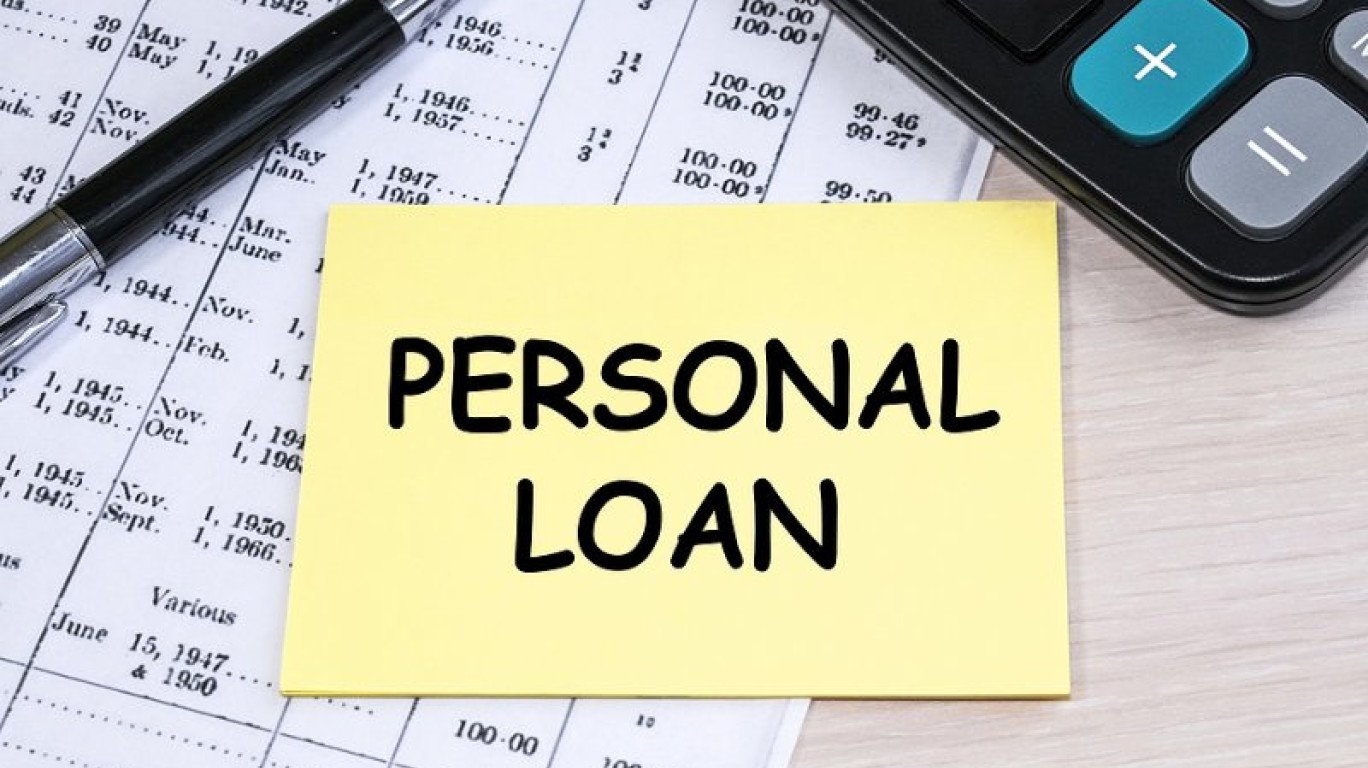
Complete Guide to Understanding Personal Loans: All You Need to Know
Have you ever been in a situation where a personal loan needed to cover an unexpected expense, or to fund a significant life event like a wedding or education? If the intricacies of personal loans leave you feeling bewildered and you’re unsure about how to navigate through the jargon-filled financial landscape, this guide is for you. We aim to equip you with the essential knowledge needed to make an informed decision about personal loans, without the confusing technical language.
What are Personal Loans?
A personal loan is a type of unsecured loan that can help you meet immediate financial needs. Unlike a home loan or car loan, it isn’t backed by collateral, which means the lender can’t automatically take your property if you can’t repay the loan. Personal loans are offered based on key factors such as income, credit, and employment history.
Here are some of the common uses for personal loans:
- Education: Covering tuition fees or other education-related expenses.
- Medical Emergencies: To pay for sudden medical emergencies.
- Home Renovation: Financing home improvement projects.
- Debt Consolidation: Paying off multiple debts with a single loan.
How to Apply for a Personal Loan
When the situation arises where a personal loan is needed, it’s essential to check personal loan eligibility before starting the application process. Lenders generally look at factors such as age, income, employment type, and, most importantly, your credit score. The necessary documentation includes ID proof, income statements, employment certificates, and more.
To apply for a personal loan, you can follow these steps:
- Evaluate Your Needs: Understand how much money you need and how much you can afford to repay.
- Check Eligibility: Use online tools to check personal loan eligibility and estimate loan amounts and terms.
- Compare Lenders: Evaluate different loan offers based on interest rates, terms, fees, and customer service.
- Apply: Submit your application online or at a local branch. You’ll need to provide identification, proof of income, and other personal details.
- Wait for Approval: Lenders will review your application and credit history. If approved, you’ll receive a loan agreement that you’ll need to sign before the funds are disbursed.
Nowadays, the advent of digital platforms also enables instant personal loans, simplifying the application process even further.
Understanding Interest Rates & Fees
Understanding the cost of a loan isn’t as straightforward as knowing the amount you borrowed and how long you have to pay it back. Interest rates and associated fees significantly affect the total cost of your loan.
- Interest Rates: These are essentially the cost of borrowing money and can be either fixed or variable. Fixed rates stay the same throughout the loan term, while variable rates can change.
- Associated Fees: These include origination fees (charged for processing the loan), prepayment penalties (if you pay back the loan early), and late payment fees.
- EMIs: Your Equated Monthly Installments (EMIs) consist of both the principal amount and the interest. It’s crucial to understand how these are computed to manage your monthly budget effectively.
Impact of Personal Loans on Your Credit Score
A personal loan can both help and harm your credit score, depending on how you manage it. When you initially apply for a personal loan, the lender conducts a hard credit check, which may lower your credit score temporarily. However, if you make your loan payments on time, it could help improve your credit score over time.
Here’s how a personal loan affects your credit score:
- Credit Inquiry: Applying for a loan results in a hard credit inquiry, which may lower your score slightly.
- Payment History: Your payment history has the most substantial impact on your credit score. Regular, timely payments improve your score, while late or missed payments can drastically lower it.
- Credit Mix: Having different types of credit (credit card, mortgage, personal loan) can positively impact your score.
Paying Off Your Personal Loan
Creating a repayment strategy can help you manage your personal loan needed without feeling overwhelmed. A few strategies to consider include:
- Making Timely Payments: The most straightforward strategy is to follow the payment plan set up by your lender.
- Extra Payments: If your lender allows, making extra payments can help you pay off your loan sooner and save on interest.
- Loan Refinancing: If you can get a loan with a lower interest rate, it might be worth considering refinancing.
Conclusion
Understanding personal loans doesn’t have to be a daunting task. By familiarizing yourself with key concepts and jargon, and learning how to check the eligibility, you can make informed decisions that align with your financial goals. Remember, a loan is a responsibility and not a ticket to reckless spending. So, ensure you’re prepared to take it on before signing on the dotted line.



